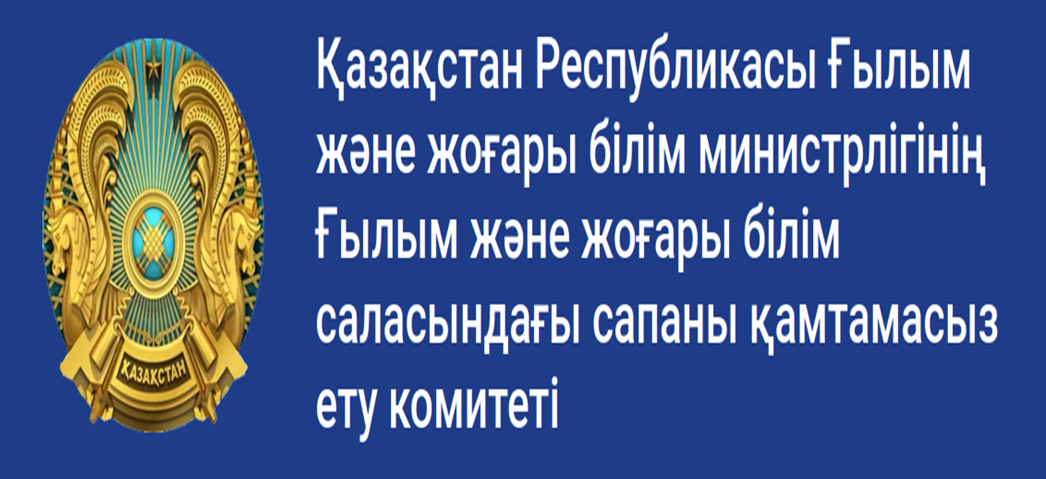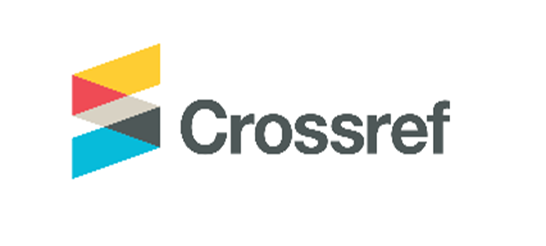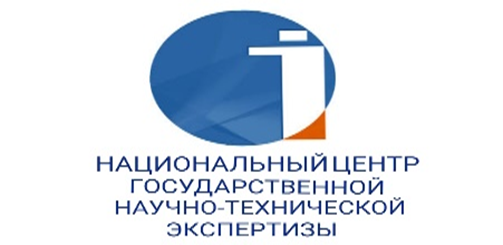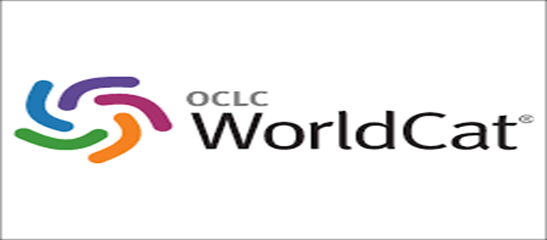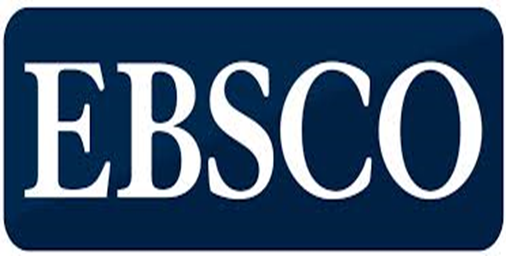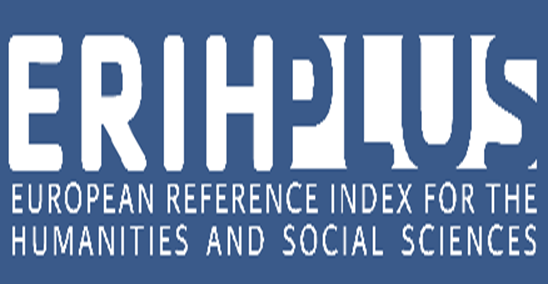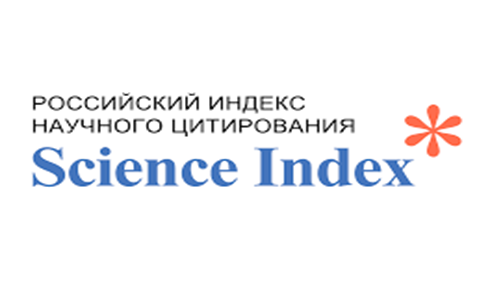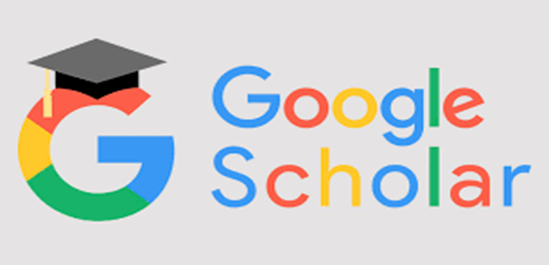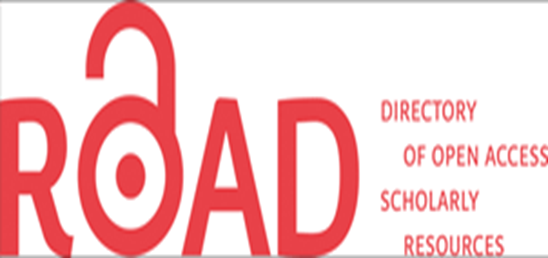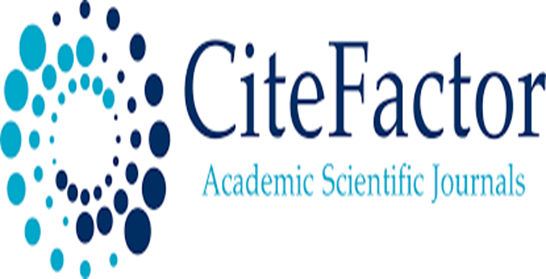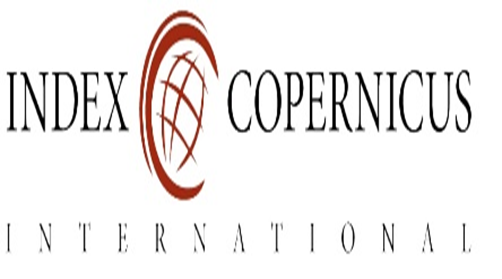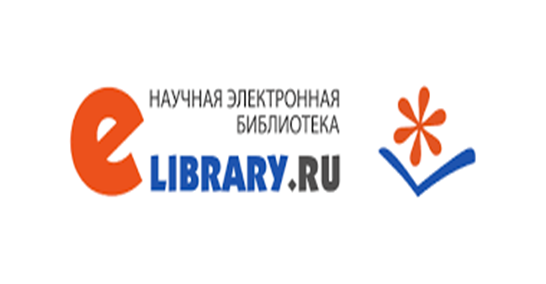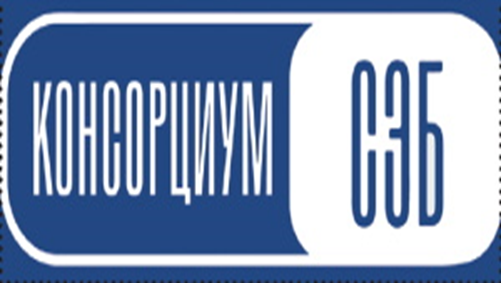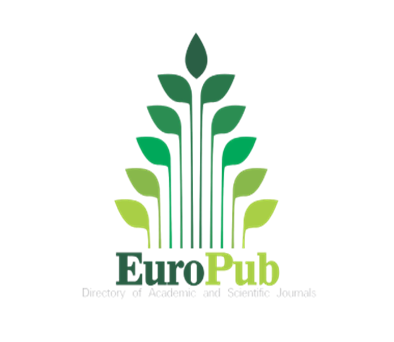Relic root morphemes of Kazakh language among linguistic universals
Views: 232 / PDF downloads: 231
DOI:
https://doi.org/10.32523/2664-5157-2023-4-99-114Keywords:
relic root morpheme, synchronic level, diachronic depth, word destruction, linguistic sign, meaning impulse, word formation analysis, word formation model, elemental units of word formation.Abstract
Lexical remnants as one of the factors of the dynamic processes of word formation, are
caused by the language existence. These phenomena are included in the category of exceptions in the
system of languages and called «fossilized constructions», «quasi-morphs», «dead roots», etc. The new
approach to the morphemic segmentation of words with lexical remnants is represented in the article.
The term “relic root morphemes” (RRM) is suggested for lexical remnants.
The example of RRM separation based on synchronic word formation analysis is given in the article.
According to F. de Saussure, the RRM is considered as a linguistic sign, which has its meaning both
from the point of view of the current language state and the historical perspective.
The analysis of words with RRM based on diachronic approach makes it possible to identify at what
level of time factor of the diachronic depth the meaning accumulation takes place.
The existence of the RRM in languages, including Kazakh, has a universal character. The relic root
morpheme is a residually distinguishable root morpheme, the semantics of which is characterized by
idiomaticity, expressed in the word-forming meaning, and confirmed by multiple semantics, finding a
place in different historical periods in diachronic aspect.
Downloads
Reference
Балакаев М.Б., Есенов К.М., Жанпеисов Е.Н., Оралбаева И.О., 1989. Казipгi қазақ тілі сөзжасам жуйесі. Алматы. 365 c.
Баскаков Н.А., 1969. Введение в изучение тюркских языков. М.: Высшая школа. 331 с.
Бектаев К.Б., 1971. Обратный словарь казахского языка. Алматы.
Bloomfield L., 1955. Language. London: g.Allen Unwin. 566 p.
Букетова Н.И., 2018. Реликтовая корневая морфема как языковая универсалия. Караганда: ТОО Tengri LtD. 292 с.
Бюлер К., 1993. Теория языка. Москва: Прогресс. 501 c.
Vambery H., 1878. Etymologisches Worterbuch der Turkotatarischen Sprachen. Leipzig: F.A. Brockhaus. 228 s.
Dokulil M., 1968. Zur Frage der Stellung der Wortbildung im Sprarhsystem. // Slovo a Slovesnost, R.28. S.13. [Электронный ресурс] – URL: http://sas.ujc.cas.cz/archiv.php?art=1589. (дата обращения: 21.06.2023).
Кайдаров А.Т., 1986. Структура односложных корней и основ в казахском языке. Алма-Ата: Изд-во «Наука» Казахской ССР. 322 с.
Coseriu E., 1974. Synchroniе, Diachronie und Geschichte. Das Problem des Spiachwandels. Munchen: Fink. 250 s.
Lessing F.D., 1960. Mongolian-English dictionary. Berkeley; Los-Angeles: University of California Press.
Мусаев К.М., 1984. Лексикология тюркских языков. М.: Наука. 227 с.
Наджип Э.Н., 1989. Исследования по истории тюркских языков XI-XIV вв. М.: Наука. 291 c.
Pokorny J., 1959. Indogermanisches etymologisches Wörterbuch. Bern und München: A.Francke. 1183 s.
Ramstedt G.J., 1935. Kalmukisches Worterbuch. Helsinki. 321 p.
Севортян Э.В., 1978. Этимологический словарь тюркских языков. Москва: Изд-во «Наука». 349 с.
Смирницкий А.И., 1956. Лексикология английского языка. М.: Изд-во ин. лит. 260 с.
Соссюр Ф. де, 1977. Труды по языкознанию. Москва: Прогресс. 696 с.
Фуко М., 1994. Слова и вещи. Санкт-Петербург: A-cad. 408 с.
Шаймердинова Н.Г., 2022. Корневая морфема в древнетюркском языке// Turkic Studies Journal. 1 (T. 4). P. 95-108.
Schleicher A., 1861-1862. Compendium der vergleichenden Grammatik der indogermanischen Sprachen. B.I. Weimar. 784 s.






